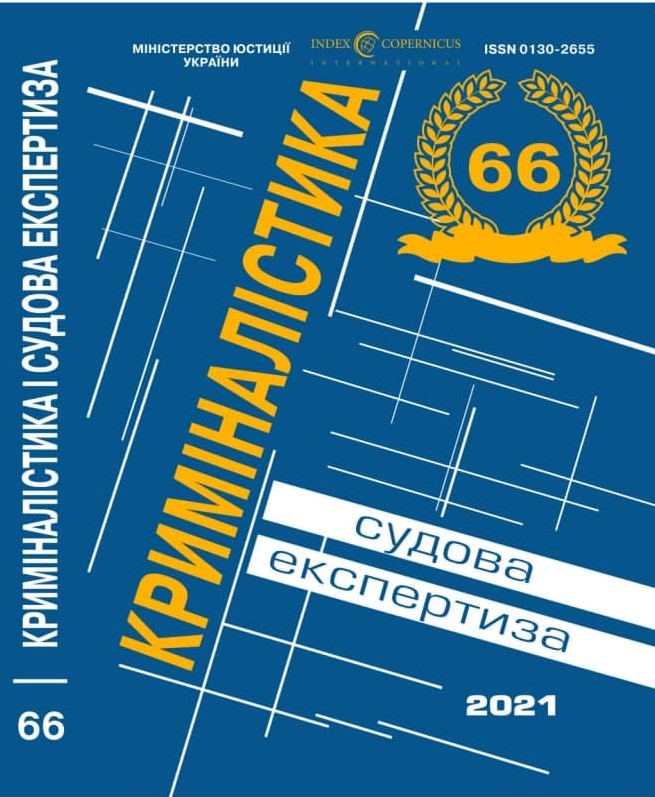
DOI: https://doi.org/10.33994/kndise.2021.66.76
E. Matviienko, T. Honcharenko
Investigation of crimes related to illegal fishing, animal and other water mining is accompanied by certain difficulties. For the most part, these difficulties are due to the fact that today at the legislative level there is no information on assessing the significance of the harm caused, and the criteria (signs) for assessing the consequences of crimes related to the illegal extraction of aquatic biological resources are not enshrined. This does not allow an objective assessment of the nature of the damage to the environment. In turn, this can lead to judicial errors when resolving the merits of cases due to the emergence of complications in proving the presence of significant harm. Accordingly, there are many theoretical, methodological and practical questions regarding the correctness of research to determine the significance of the harm caused to the environment.
An analysis of the practice of conducting forensic engineering and environmental examinations, in particular, research on the topic under consideration, indicates that today there is a need to determine a unified approach in conducting expert research to determine the significance of the harm caused to the environment.
In general, the problem lies in the lack of specification of quantitative and qualitative signs of “significant harm inflicted”.
In this article, based on the analysis of regulatory documents and generalization of expert practice, the features of assessing the significance of the harm caused to the environment by the illegal extraction of aquatic biological resources are investigated.
The main criteria (signs) are considered, analyzed and summarized, on the basis of which the harm caused by the illegal extraction of aquatic biological resources can be assessed as significant..
Detailed studies of the harm caused according to these criteria (signs) during forensic examinations and expert research will help to increase the efficiency of investigations of environmental crimes under Article 249 of the Criminal Code of Ukraine. At the same time, the results of such expert studies will make it possible to draw conclusions, which in court will become sources of evidence of the guilt of those accused of committing these crimes.
The generalizations proposed in the article will contribute to the complete and objective conduct of forensic examinations and expert studies on the topic under consideration, to improve and improve the quality of their implementation and, as a result, to draw up a more substantiated expert opinion.
Key words: forensic engineering and environmental expertise, illegal mining, aquatic biological resources, harm, materiality of harm, criteria (signs) of materiality of harm.










